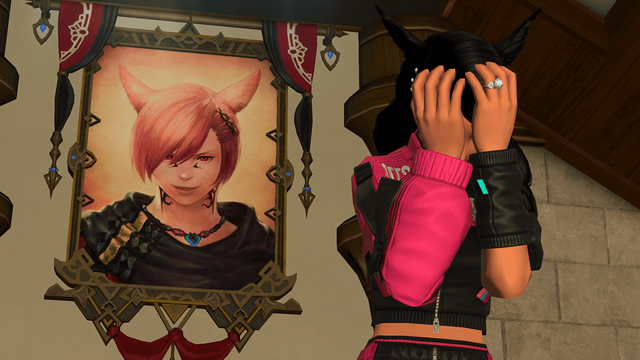The ripples along the Tacoma Narrows Bridge right before it breaks up are mesmerizing.
Watching it twist in the wind like a sheet hanging from a clothesline, you start to forget it’s made of concrete and steel. Bridges are supposed to be heavy. They’re built to be stable. But for a few minutes in November of 1940 the one spanning the Tacoma Narrows strait bends and buckles like a child’s toy. While its construction was a testament to humanity’s creative impulse and engineering prowess, its collapse was a reminder of just how strange and impenetrable the forces ruling our lives can still be.
This is the sense of astonishment — a mix of dread and awe — that Poly Bridge wants to inspire every time you build something in its world. Part physics simulator, part puzzle platformer, each level revolves around constructing a bridge that can get cars on one side to their destinations on the other. Every material has a cost, however, with a total budget that never seems like enough. I started out with grand ambitions. My bridges would be bold, sophisticated, and totally structurally sound. Instead, I learned to cut corners and do more with less as new mechanics and complications upended even my best laid plans.

Poly Bridge would be charming enough if it were just a game about engineering whimsy with tranquil bluegrass playing in the background. But its bright colors and breezy style conceal a series of underlying tensions that make it much more. Every time I pressed play and watched to see if my bridge would hold as cars passed over it, I instinctively held my breath, wincing and cringing when one part or another failed under the stress and everything tumbled into the river.
I’ve taken Physics in school. I built those bridges out of popsicle sticks and toothpicks. I thought I had retained some basic understanding of how bridges worked. As I tried unsuccessfully to cobble together structures that resembled what I’d seen in photographs and textbooks, I realized just how mystifying the underlying systems — even when rendered in a friendly little simulation — still were. I fell back on clichés and assumptions that bear little resemblance to reality, like someone trying to draw elaborate portraits with no practice.
One solution would be to read over the basics of bridge building and glance listlessly at diagrams of force vectors and inertia calculations, but Poly Bridge offers a friendlier alternative. On the surface, the game is a test chamber, allowing tweaks to designs before each new attempt without ever having to start over from scratch. By only allowing materials to be connected to each other at particular nodes, the game helps make the infrastructural chaos seem manageable. It’s the game’s vibrant animations, however, that make the chaos feel comprehensible.

Poly Bridge first made waves when people started sharing GIFs of their most epic fails on Reddit. There’s an in-client tool for saving and sharing them and it’s easy to see why. Watching the cars pass soundly over sturdy, symmetrical bridges is peaceful but boring. It also completely masks the tumultuous interplay of constants and variables within the simulation.
Creative destruction, on the other hand, doesn’t only let you know that you’ve failed, it helps show why. The aesthetics of the breakdown aren’t just strikingly elegant, they also give shape and form to forces that had previously been invisible. These sequences render the obscure matrix of calculations powering Poly Bridge’s tiny isometric world in playful detail.
Fortunately, Dry Cactus wasn’t content to leave things there. As the game progresses it begins to trade out these standard experiments for more unusual ones.
Simply getting cars from A to B evolves into getting them from B to A to Z, with new conditions that call for more resourceful thinking. If the first half of the game teaches you to appreciate the hidden idiosyncrasies of nature, the second half asks you to manipulate them. The contraptions I ended up making as a result more closely resembled Rube Goldberg machines than bridges, which never looked more beautiful than when they fell apart.


